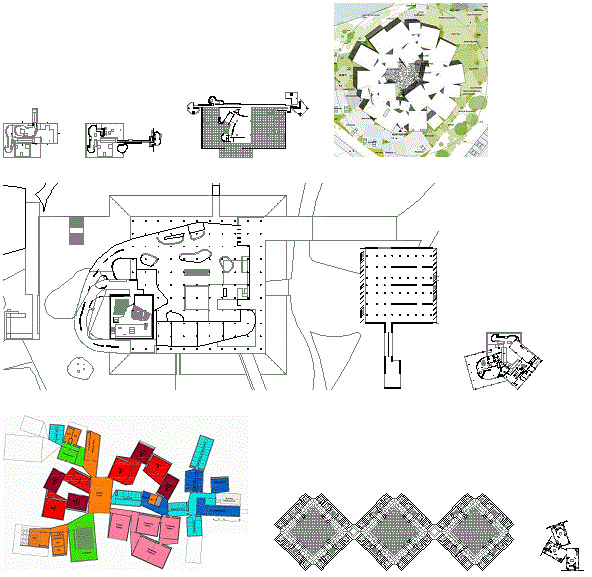
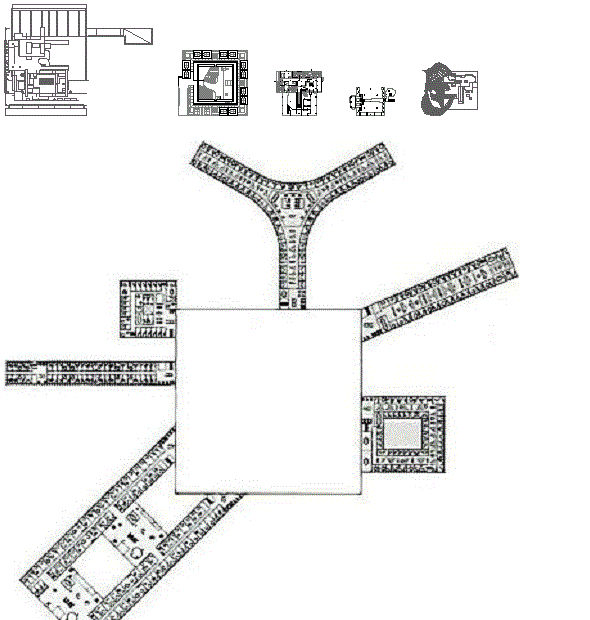
| |
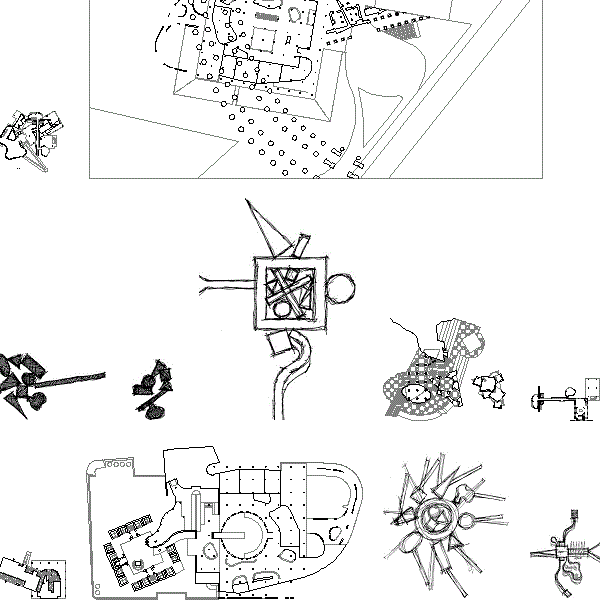
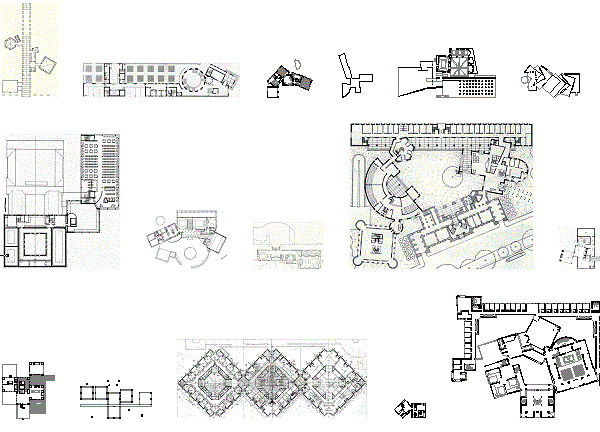
| |
...I remembered there are some appositional plans within the 1990s works of Philip Johnson--Seton Hill Fine Arts Center (1990), Law Center Addition (1991) and Lewis Guest House Studies (1992) as presented within Architectural Monograph No. 44: Philip Johnson Recent Work (1996). Subsequently, I decided to read Jeffrey Kipnis's "Introduction," and a paragraph describing St. Basil Chapel struck me as very familiar sounding:
First, in one and the same gesture he offends the symbolic form of the chapel and produces a virtual narthex. This act of destruction/construction cleaves the space and activates the passage from the profane to the sacred. The problematic residual spaces resulting from the intersection are essential to the effect and, in this case, the architect is careful to allow them to remain unmodulated The slicing wall also serves to resuscitate an otherwise banal courtyard threatened by the constraints of the site. It links the chapel to the galleries with ad hoc suture rather than ideal and resolved connection.
2015.05.28 17:08
what is a concept?
To: architecthetics
Subject: where does concept come from
Date: 2000.12.18
The Latin word 'concepto' (a verb) means: (1) to conceive, become pregnant and (2) to conceive in mind.
The Latin word 'conceptio' (a feminine noun) means (1a) a comprehending; hence concretely, a circuit, compass: the system of the universe [and here Vitruvius is cited as the source of the concrete meaning] -- (1b) a collection, reservoir -- (1c) a conception, a becoming pregnant -- (2a) a composing, drawing up of juridical formulas -- (2b) an expression
From my own experience as an architecture student and as an occasional jury member of student design presentations, the notion of formulating a 'concept' early on in the design process is an integral part of contemporary architectural education. I admit that up until five days ago, when I first read the Latin definitions above, I never connected the notion of formulating a design concept with the notion of becoming pregnant (although the connection in English is surely present in the word 'conception'). For me, concept in design meant an idea formulated from the building program and site, and this idea would both guide the design process as well as provide the design with a cohesion.
Now, knowing the Latin definitions of concepto and conceptio, I change my understanding of concept vis-à-vis designing to being metaphorically(!) that moment when the design process becomes pregnant. And here I want to recall Saul's question "whether there are any arguments for a language of architecture that go beyond appeals to a metaphorical sense of 'language'. [What follows is not to refute Saul's quest, which I see as an insightful mind seeking an interesting and seemingly unprecedented vein of thought, but to suggest what might be the very root of the opposite of what Saul seeks -- working with the logic(?) that to understand what something is not will aid in understanding what something is.]
It seems fairly clear that the notion of mentally attaining a concept is already a metaphor for physically becoming pregnant [and here I wonder whether the age old male striving for intellectual dominance is really nothing more than womb envy], hence a substantial part of design/creativity language is likewise purely metaphorical. Again, I'm not trying to suggest that a non-metaphorical language of architecture cannot be found or formulated, rather to point out that the concept of a non-metaphorical language is either: (1) already operating metaphorically in that mental conception reenacts physical conception, or (2) a non-metaphorical language of architecture is one that seeks to equal physical conception itself (ie, to enact rather than reenact).
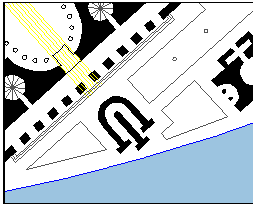
|




